MindCUT Studio® 2017 release offers the following new features and enhancements:
MindCUT Studio
Usability
Service configuration wizard
Setup procedures are now easier, with this new wizard-based application. The wizard now allows configuration for multiple scenarios and produces an immediate configuration that is almost fully operational. Appropriate default values will be assigned to common parameters based on scenario topologies.
The service technician will have to make the final adjustments on tasks that could not be fully automated like camera or projector calibration.
Convenient methods of storing configuration templates for service sharing purposes are also provided.
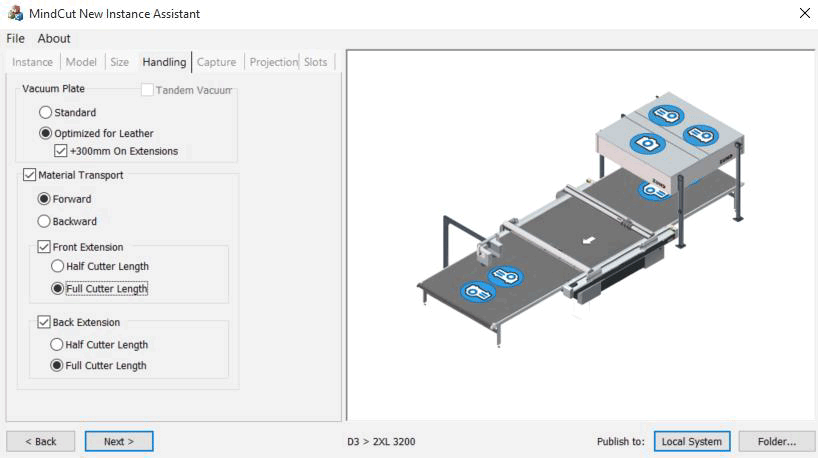
Machine visual hints
Full coherent visual representation of machine on main operational window, loading areas (slots), materials and parts following WYSIWYG (“What you see is what you get”) techniques.
This approach avoids doubts about where materials and parts are located based on the machine's physical position.
Whenever it made sense, the interface was revised to include machine-based iconography to explicitly represent configuration choices. With this approach, setup configuration time is reduced by avoiding trial and error approaches.
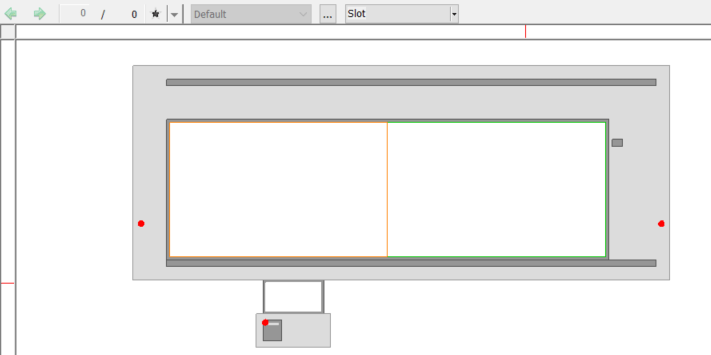
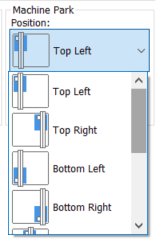
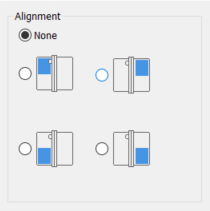
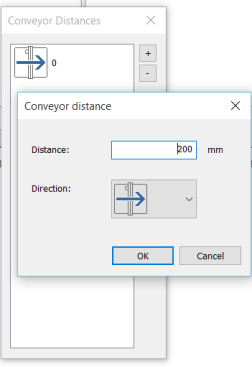
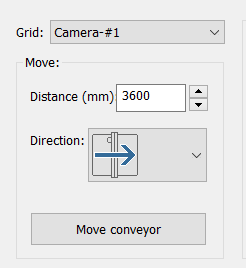
Easier setup of projectors
Completely revised interface for projector configuration.
Automatic activation of projector name tag for quick finding on the virtual desktop and active projections. Setup is now aggregated in a common interface allowing to quickly enable/disable specific projectors.
The calibration procedure was made simpler with enhancements to the automatic resetting of the grid, the dynamic repositioning and resizing of the projection windows, and the ability to display materials and parts for live recalibration on live production scenarios.
Align Grid and Plot Calibration are now common with a simpler interface.
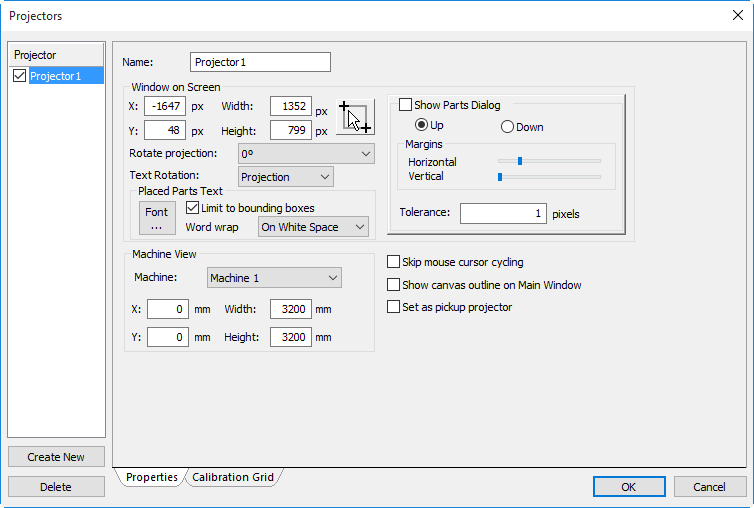
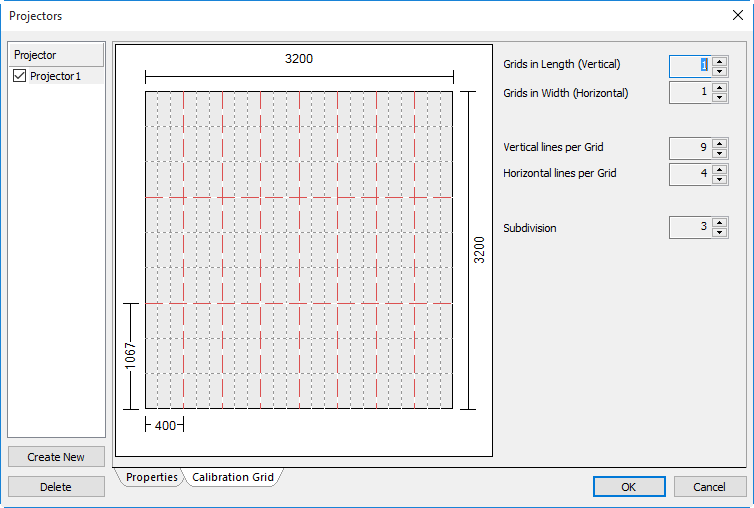
Easier setup of cut jobs
Revised interface for cutting job setup allowing immediate value insertion through numeric keypad, either physical or virtual.
Easier quantity modification supporting arithmetic operations against inserted value.
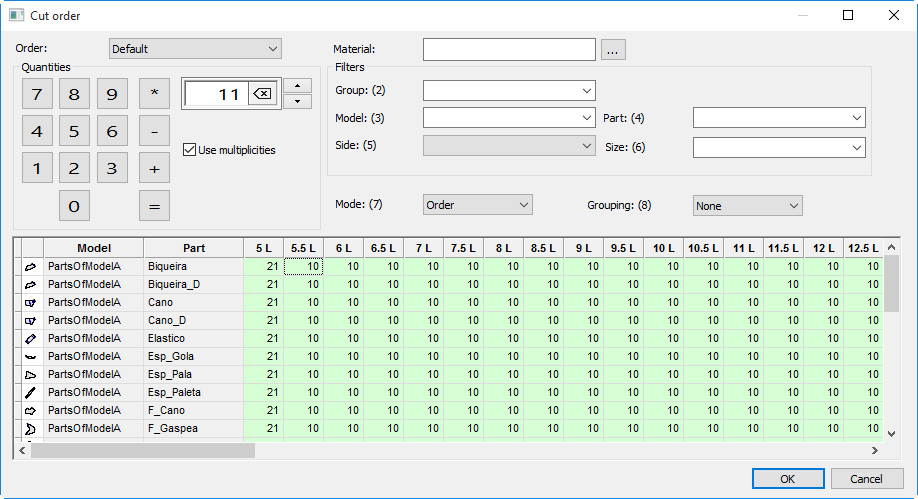
Easier management of model tree
Ability to fully collapse/expand model nodes and new loading option for default behavior.
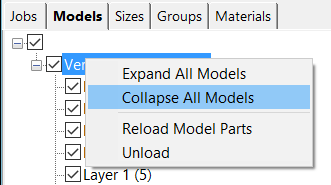

Easier setup of part customization
Modification of part cutting direction and properties editing is now possible, opening of cutting customization to the cutting operator removing dependency on CAD operators for model changes.
Option to use short part names is now available, to fully decouple with typical CAD long CAD.
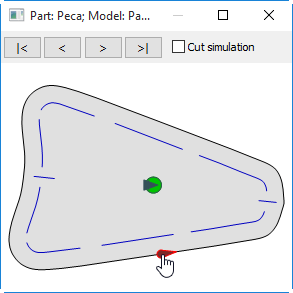
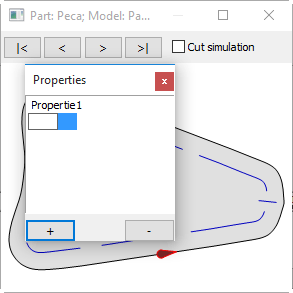
Projector-based pickup plus visual and process enhancements
Standalone pickup monitors are now recommended to be done via projector support. Projectors now have the ability to store specific visuals to ensure a multitude of additional pickup scenarios.
Pickup interactive tool is now active also on standalone pickup monitors.
Ability to print labels of sets of parts for pickup based on pickup rules.
Ability to export cutting job information to CSV file format. This allows the scenario of batch label printing for pickup purposes.
New process editor allowing flexibility to configure cutting scenarios not yet possible on previous versions.
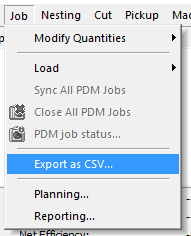
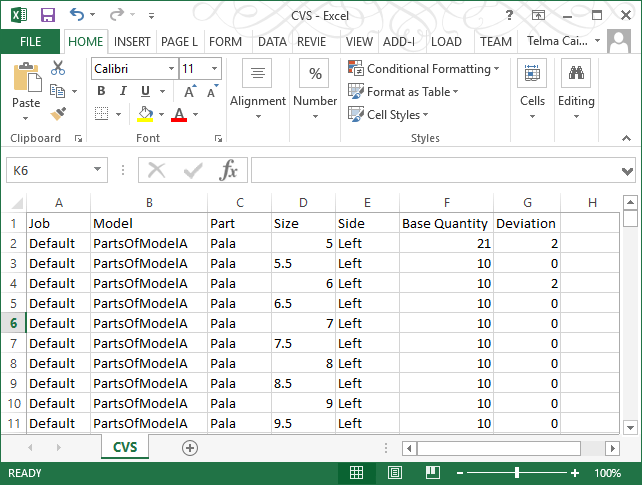
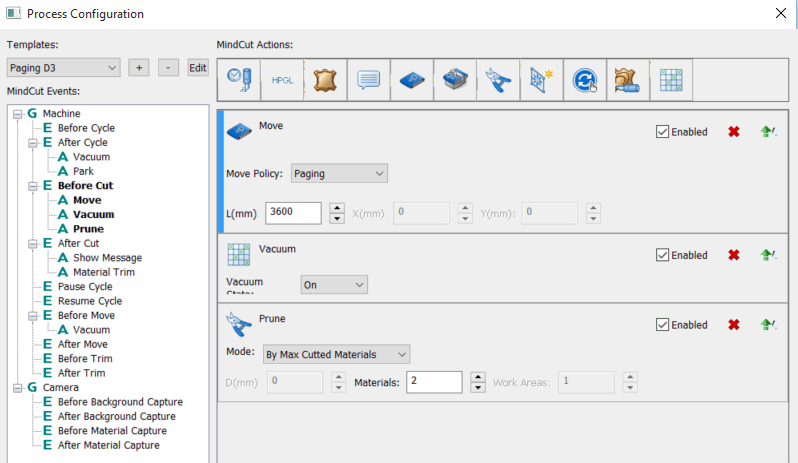
Configurable display units
Allows configuring of display units for all interface elements inside MindCUT Studio.

Productivity
Homogenization of slot concept, replacing nesting area concept
Slot concepts are now widely used as a replacement of previous “nesting” areas. This new approach merges the previous nesting cut planning based on slots with a more generic approach on material/nesting creation and loading.
Dynamic loading of slots is now possible by simply moving in materials/nesting to ensure flexibility in the cutting process.
Slots are now formalized as targets of projectors and cameras giving a consistent user experience across processes.
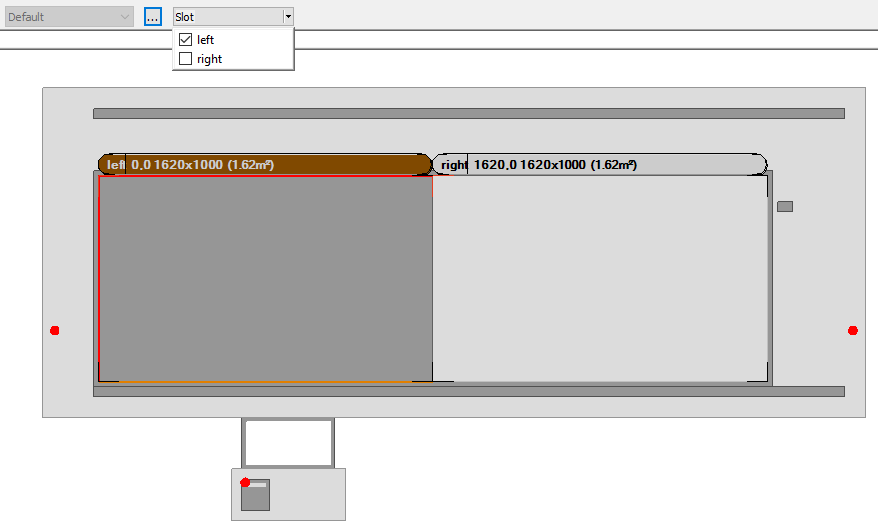
Speed shaping on material edges
For difficult cutting scenarios on wrinkled natural materials, it is now possible to control cutting speed based on distance to edge.
Common lines removal and cutting optimization
For scenarios where parts share edge lines, such as in template synthetic nesting with very low margins, line removal and merge will massively optimize cutting time and quality. Advanced customizable heuristic gives the operator full balance control of speed vs. quality of production.
Enhanced rework process
Support for quickly tracking and assigning rework needs when defects and miscuts are detected. With direct projection, it is now easy to directly identify the parts that need to be recut. Tagging those parts will be registered as a deviation from the original order, allowing proper management of production orders.
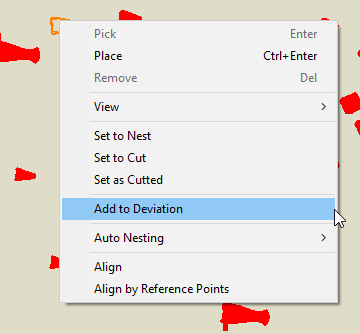
“Set as Deviation” option for cut parts identified as defective
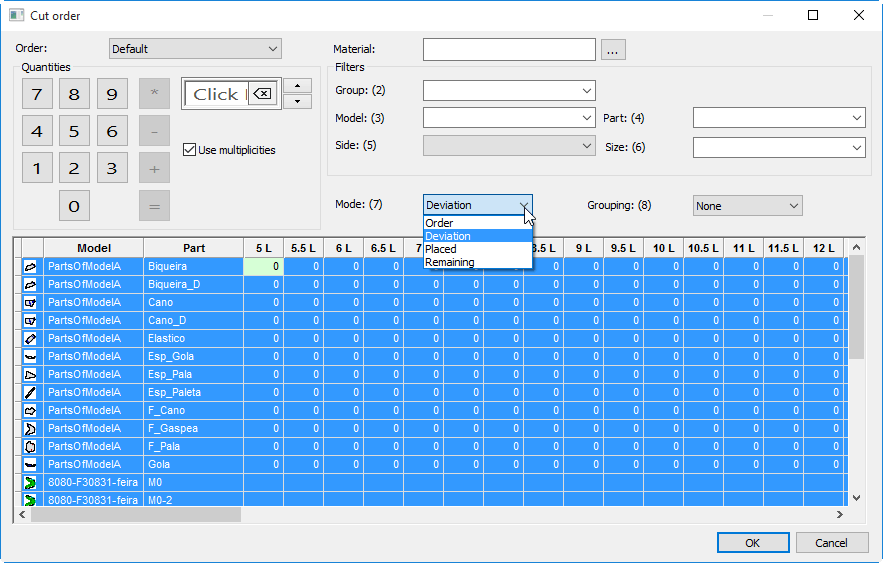
Deviation field on “modify job quantities” interface
Performance
Revised process kernel and interface
Default processes have been revised for consistency and simplicity. Materials location against machine cutting area is now the sole factor to be taken into account when instructing the system to cut.
To fully customize the cutting sequence and material loading, a process workflow editor is now available. As a direct consequence of these changes, process related options on several interfaces were removed and the configuration interface was simplified.
New performance rendering options
Options to control drawing using optimized drivers. This will enhance drawing performance dramatically on selected graphic boards.
On high-demand graphical scenarios where stencils are represented on the main window and part complexity is depicted, some automatic detail tuning techniques are now employed to ensure a fluid user experience.
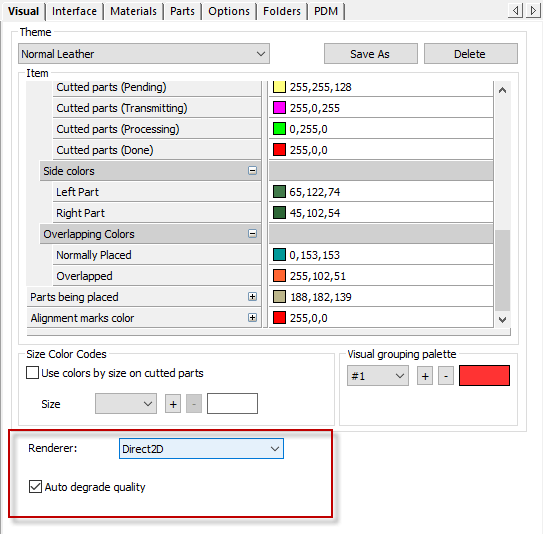
Optimization of HPGL stream and homogenization of controllers
HPGL generation was fully revised to minimize the amount of data to be transmitted.
Zünd controllers’ configuration panels were revised for full specialization and consistency.
Revised vacuum tool and process options
The vacuum tool was redesigned to cope with all Zünd vacuum options and made simpler to configure behavior while cutting.
Better visuals ensure precise feedback for the operator leading to efficient material handling.
New vacuum workflow options allowing new interactive scenarios.
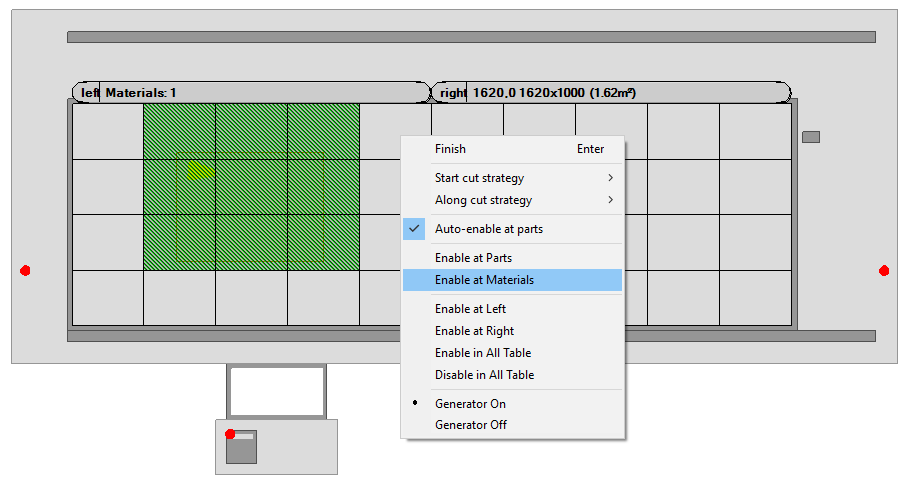
Vacuum enabled at materials
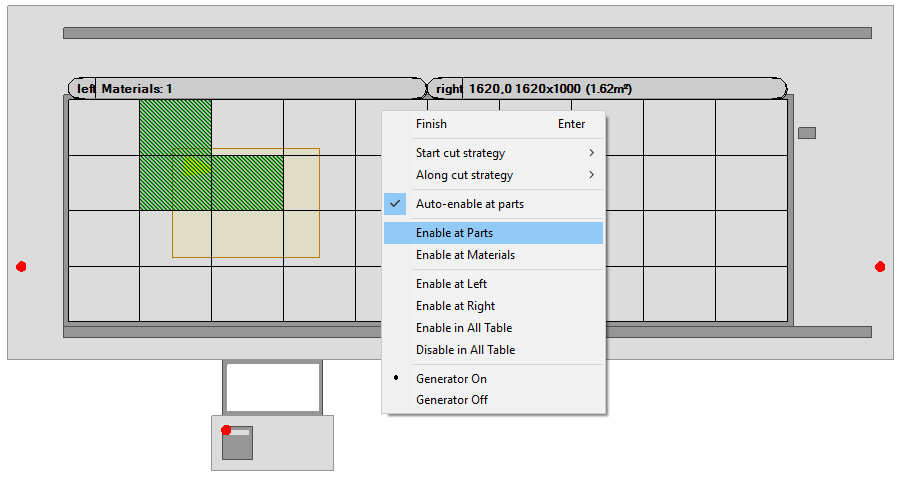
Vacuum enabled at parts
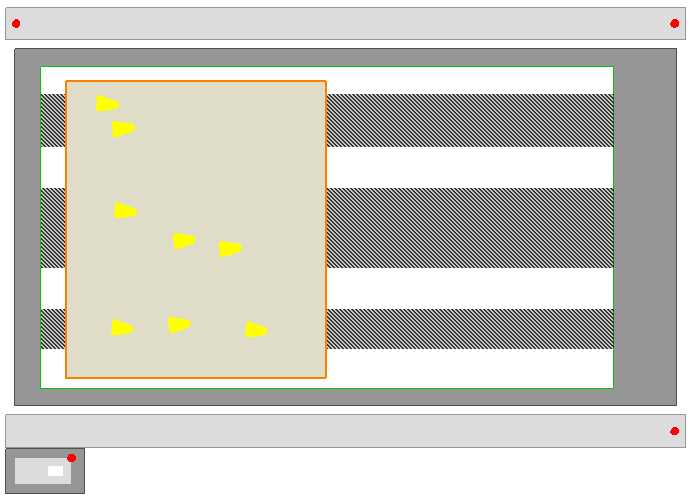
Vacuum bands on an operating D3
MindCUT Automatic Nesting for Leather
Productivity
Offline nesting concept
New module for offline nesting scenarios allowing full decoupling from online nesting cutting cycle time constraints. New heuristics could lead to better yield nesting as long as sufficient time is provided.
This module-control interface is integrated inside PDM Explorer relying on a specialized offline nesting service component. All generated nesting is compatible with the same PDM for Cutting concepts for online solutions allowing a mixed approach.
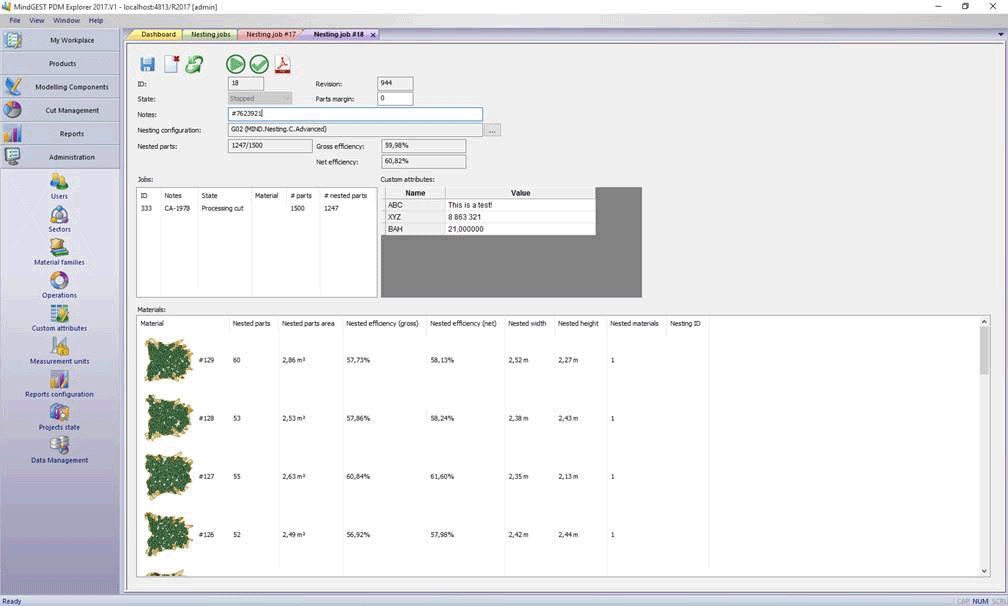
Nesting job at MindGEST PDM, material ready.
Performance
Enhanced leather nesting kernel
New versions of leather nesting modules, now including a tuned version for multicore environments.
Improved yield for all problem scenarios. Enhancements now include high precision edge-to-edge sliding for zero-margin scenarios.
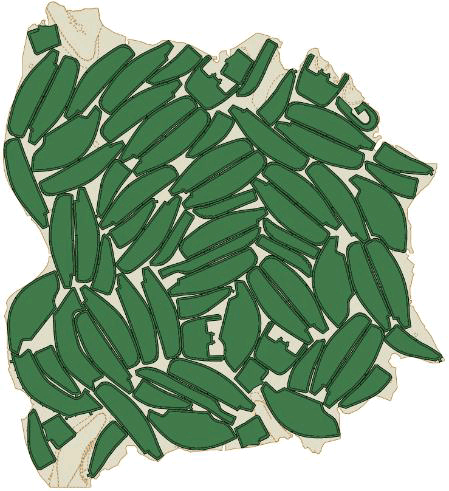
MindCUT Model Importer
Productivity
Additional conversion options for notches
Conversion of extracted notches is now enhanced to allow a wide range of original custom shapes.
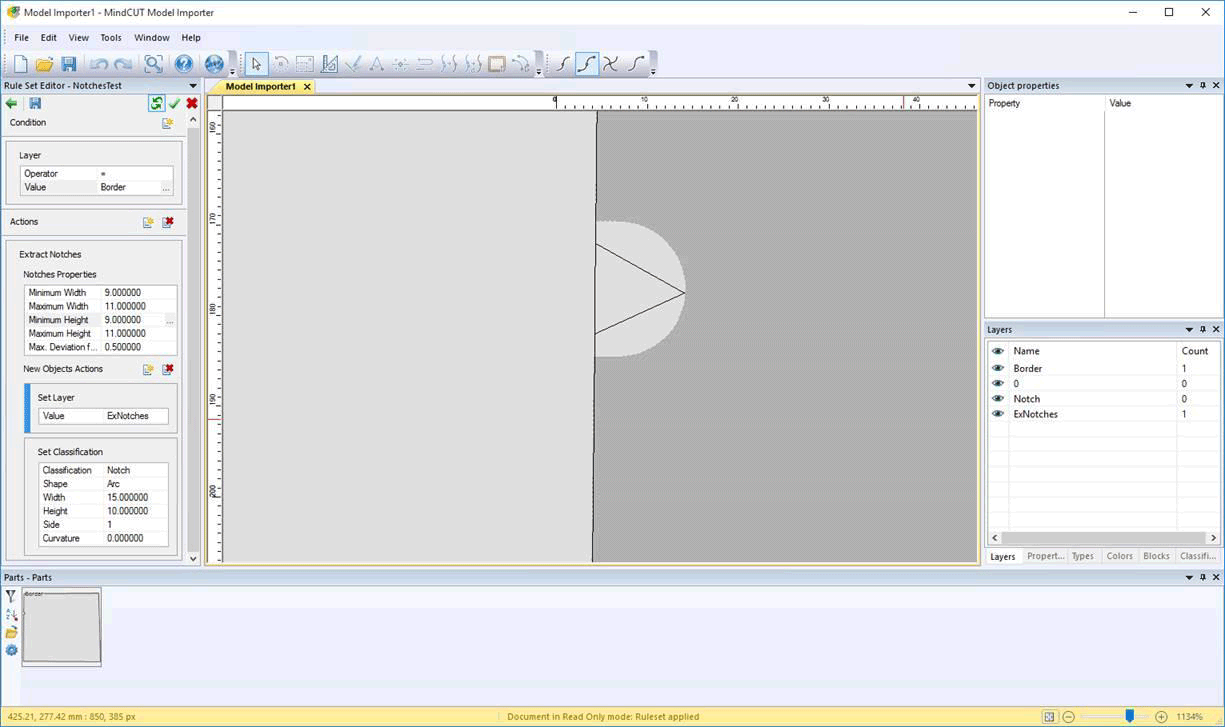
MindCUT Pattern Matching
Productivity
Enhanced support for striped materials allowing massive skew variations
Revised algorithm to allow skewed patterns and single stripes or plaid scenarios. New option for dynamic deformation preview for interactive adjustments.
Performance
Enhanced rapport nesting kernel
Revised rapport nesting engine giving better yield and allowing sliding on single direction constraints.
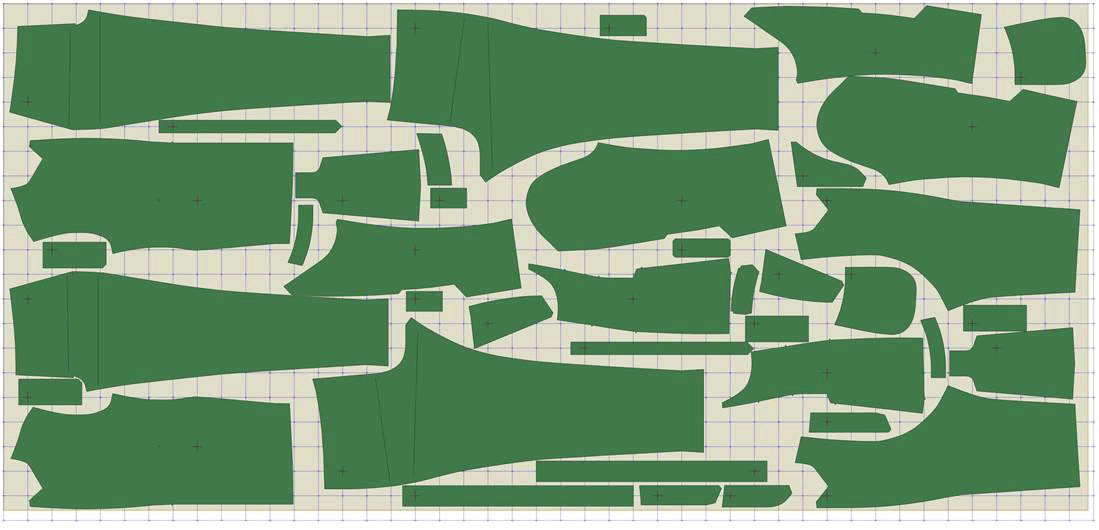
MindCUT Printed Cut
Productivity
New deformation options for extreme part adjustment
Multiple approaches for local part deformation with localized and influence deformation based on pre-assigned deformation points.
Performance
New vectorization kernel for high-quality cutting
Plain vectorization of parts is now possible with a new algorithm allowing high quality geometry restitution. The geometry is smooth and at the same time preserves corner points. This is very important to ensure high-quality cutting with tools equipped with wide knifes.

